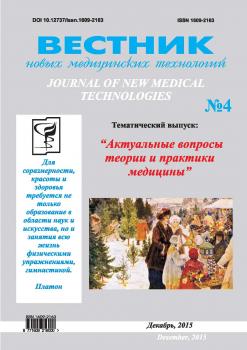The paper presents an analysis of results of surgical treatment of patients with chronic lung disease. To predict the probability of postoperative complications, duration of treatment and the final outcome after surgical treatment for lung the authors used artificial neural networks (ANN). Currently in thoracic surgery practically there are no universally accepted prognostic systems, allowing with high degree of confidence to make the right decision in the treatment strategy for various lung diseases. The complexity of forecasting in this situation due to the fact that the most information is a subjective expert evaluation by a physician based on his knowledge and experience in the treatment of patients with lung disease. The results of the research proved that the modeling method based on ANN allows to solve problems of classification, optimization and forecasting and to give higher prediction accuracy in comparison with multivariate statistical analysis methods. The article shows that the use of ANN methods enables more accurately predict the risk of postoperative complications. This accelerates the work of specialists and facilitates to plan hospitals with high surgical activity.
neural network modeling, forecasting, postoperative complications, surgical treatment, chronic lung disease.
В настоящее время решающую роль в по‐
вышения эффективности и качества медицин‐
ского обслуживания играют информационные
технологии. Актуальные задачи практической
медицины являются идеальным полем для ис‐
пользования технологий нейронных сетей (НС),
и именно в этой области наблюдается наиболее
яркий практический успех нейроинформаци‐
онных методов, с развитием которых все чаще
предпринимаются попытки внедрения в лечеб‐
ную деятельность программированного про‐
гнозирования [2‐4,6,7]. Все больше ученых в по‐
следнее время приходят к выводу, что обычные
модели и алгоритмы не могут быть применены
к медицинским задачам из‐за низкой степени
надежности и эффективности. В то время как с
помощью интеллектуальных нейронных сетей
стало возможным принимать решения, осно‐
вываясь на выявлении ими скрытых закономер‐
ностях в многомерных данных, что способствует
определению наиболее важных симптомов за‐
болевания. В приложении к медицинской ди‐
агностике НС дают возможность значительно
повысить специфичность метода, не снижая его
чувствительность [1‐3].





